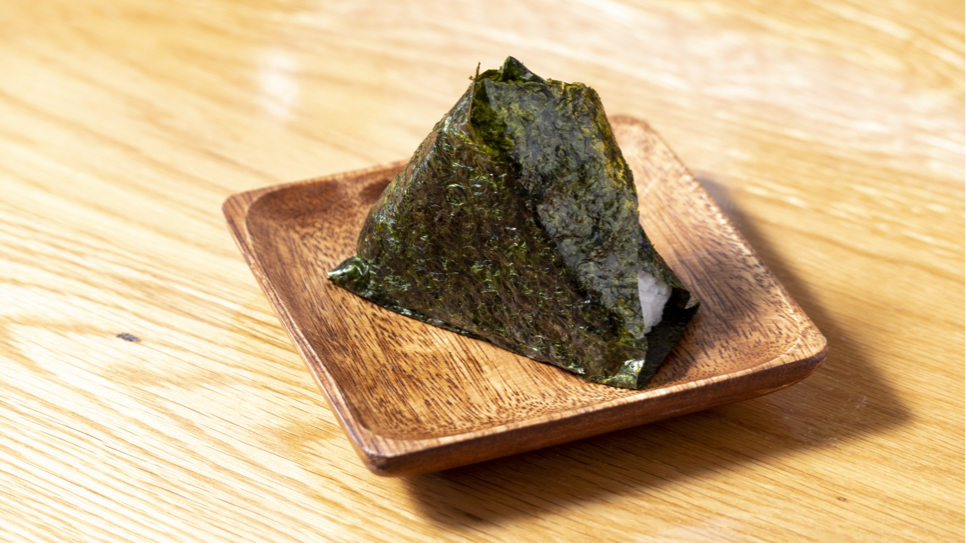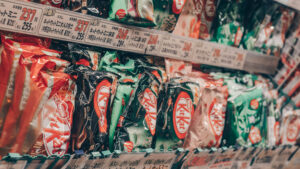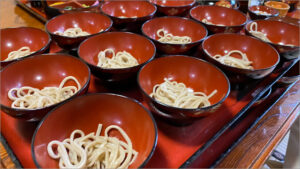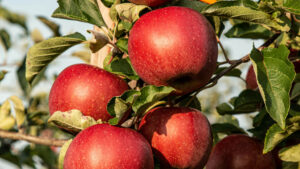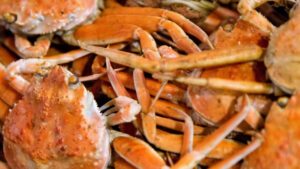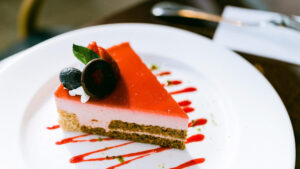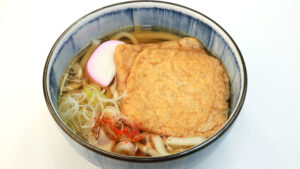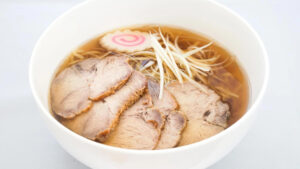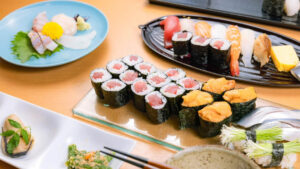Have you ever bought onigiri from a Japanese convenience store?
Convenience store onigiri are quick, delicious, and a staple of Japanese food culture. However, since the packaging is in Japanese, it can be difficult to tell what fillings are inside.
In this article, we’ll introduce the various types of onigiri fillings available at Japanese convenience stores and their characteristics. If you ever find yourself in Japan wondering, “Which onigiri should I buy?”, this guide will help you choose!
Contents
What Are Convenience Store Onigiri?
Onigiri (also called omusubi) is a traditional Japanese rice dish that is easy to eat on the go. It typically consists of white rice or vinegared rice wrapped around a filling and covered with nori (seaweed).
The price of convenience store onigiri usually ranges from about 120 to 200 yen. Each package clearly displays the name of the filling, making it easier to identify the flavor. These onigiri are available at major convenience stores such as 7-Eleven, FamilyMart, and Lawson, offering a wide variety of flavors, including both classic options and seasonal specials.
List of Onigiri Fillings
Many of the onigiri fillings sold at Japanese convenience stores are unique to Japan. Below, we introduce some of the most popular fillings along with their flavor characteristics.
Fish-Based Onigiri Fillings
Salmon (Shaké)
A classic filling made with flaked grilled salmon. It has a simple, well-balanced saltiness that enhances the flavor of the rice. Some convenience stores offer premium salmon onigiri, which are slightly more expensive but have a richer, fattier taste that makes them even more delicious.
Tuna Mayo
A combination of canned tuna (maguro) and mayonnaise, creating a rich and creamy flavor. The smooth texture of the tuna blends perfectly with the rice, making it one of the most popular and timeless onigiri fillings. Simple yet satisfying, this is a go-to choice for many.
Mentaiko (Spicy Pollock Roe)
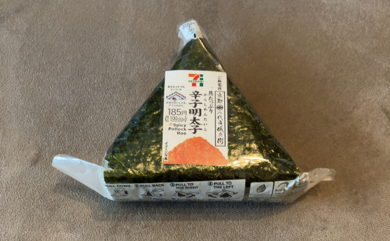
Mentaiko is made by curing pollock roe in salt and seasoning it with chili peppers. Originating from Hakata, Fukuoka, this specialty is now loved throughout Japan. The slight spiciness pairs exceptionally well with rice, and the tiny, crunchy roe adds an enjoyable texture.
Ikura (Salmon Roe)
Ikura consists of salmon eggs marinated in soy sauce or salt. As one of Japan’s most famous seafood delicacies, it is also widely enjoyed in sushi and rice bowls. Compared to mentaiko, ikura has much larger, juicy eggs, making the texture even more pronounced. The sweet and salty seasoning enhances the rice, giving it a luxurious taste.
Meat-Based Onigiri Fillings
Yakiniku (Grilled Meat)
Yakiniku onigiri features juicy grilled meat seasoned with a sweet and savory sauce, making it both flavorful and highly satisfying. Each convenience store puts its own spin on this classic: 7-Eleven uses charcoal-grilled beef for a smoky flavor; FamilyMart offers seared Angus beef, and Lawson serves a pork yakiniku onigiri with mayonnaise, known for its larger size. This filling is a great option for those craving something hearty and indulgent.
Tori Gomoku (Chicken & Mixed Vegetables)
Tori Gomoku onigiri is made with rice cooked in a soy sauce-based broth, filled with ingredients like chicken, carrots, burdock root, and shiitake mushrooms. It has a gentle, comforting Japanese-style flavor, with the umami of the ingredients soaked into every grain of rice.
It’s well-balanced, full of flavor, and not too heavy—perfect for a light but satisfying meal.
Spam
Spam is a hearty onigiri made with Spam (canned luncheon meat) and rice, and is especially popular in Okinawa. The Spam is usually grilled with a sweet and savory sauce, and its saltiness pairs perfectly with the plain rice.
With a taste that’s slightly different from traditional Japanese onigiri, Spam musubi offers a distinctly American flavor that keeps you coming back for more.
Other Types of Onigiri
Umeboshi (Pickled Plum)
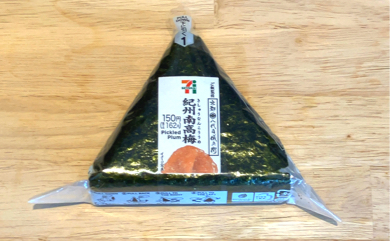
Umeboshi onigiri is a classic that represents the traditional flavors of Japan. At its center is a pickled plum with a strong sour and salty taste that spreads a refreshing tanginess in your mouth. It’s especially perfect for hot weather or when you don’t have much of an appetite, as it has a light, invigorating flavor that seems to restore your energy. Umeboshi is also known for its antibacterial properties and fatigue-relieving effects, which is why it has long been a staple in Japanese bento lunches.
Okaka (Bonito Flakes)
Okaka onigiri is made with katsuobushi (bonito flakes) lightly seasoned with soy sauce. The result is a fragrant, mild flavor that pairs beautifully with rice. Each bite brings out the rich umami of the bonito and the savory depth of soy sauce. While it may not be flashy, okaka has a comforting, nostalgic taste that makes it a favorite among people of all ages, from children to adults.
Kombu (Simmered Kelp)
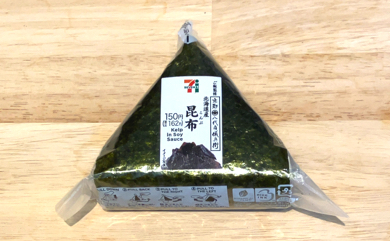
Kombu onigiri is filled with sweet and savory simmered kelp, offering a gentle, well-rounded taste. Kombu is a traditional Japanese ingredient, and when cooked in sweet soy sauce, it becomes tender and flavorful, perfectly complementing the rice. The simplicity of the filling allows the natural taste of the rice to shine, making it a type of onigiri you can enjoy every day without getting tired of it.
Personally, I love this kind of onigiri and eat it often!
In addition to the fillings introduced here, each convenience store offers a variety of unique and creative onigiri flavors, so be sure to try something new and discover your own favorites!
